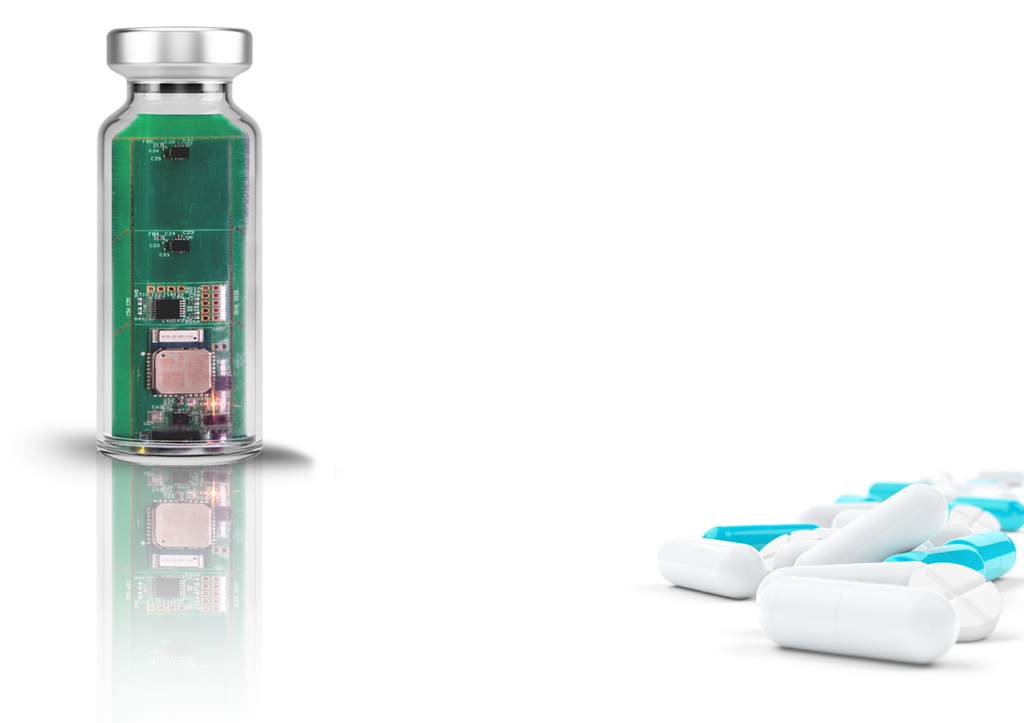According to a U.S. Food and Drug Administration information search, an estimated 20 billion glass vials for injectable drugs are processed annually.
Due to its superior chemical inertness, impermeability, relative strength, and high transparency; glass remains the dominant material of choice for pharmaceutical delivery and storage packaging. As a counter-point though, breakage and particulate generation are inherent risks that must be considered for pharmaceutical packaging operations.
Referencing the same USDA data, in the last six years, six pharmaceutical recalls have been related to breakage and cracks in borosilicate glass packaging. One could either argue that this is a low overall incident rate, or that any recall is one too many.
From patient safety to brand protection, the weight of any risk of recall and contamination must be carefully balanced. In the case of glass breakage and particulates, the question is how to balance the complexities of processing against an ideal state of zero defects.
From risk to opportunity – how pharmaceutical companies are adapting their packaging processes.
While the resulting effects are not exclusive to glass packaging, extreme price competition and a trend towards cost-saving contract manufacturing are external factors contributing to manufacturing defects causing recalls. On the flip side, the push for efficiency is also optimizing processes and building cost savings.
Researchers from Indiana University recently published an article concluding, “Extreme price competition in the generic pharmaceutical market — designed to make medications more affordable — may be putting more patients at serious health risk, as evidenced by a higher number of product recalls caused by manufacturing-related problems.”

Pharmtech recently published an article outlining the increasing demand for contract packaging, “Demand for contract packaging is strong. Driving forces for outsourcing include the growing number of virtual pharmaceutical companies, plant consolidation, global emerging markets, the need to maximize internal resources, and the rise in biopharmaceutical products, which prompts more companies to turn to contract packagers to label and kit products.”
Regardless of whether product is packaged in-house or by contract manufacturer, it is clear that the industry is actively seeking technology and specialized manufacturing processes to deliver operating efficiencies, competitive advantage and reduced risk of recall.
In-line testing to optimize Fill and Finish packaging processes.
Although there many issues that can affect the efficiency of any Fill and Finish process, breakage and the downtime associated with it are two of the issues that can be measured and corrected, thus being an area of focus.
Testing is critical at many steps of the value chain. Most processes include destructive test scenarios such as burst pressure, pendulum testing, vertical and slide compression.
For instance, vision systems are now a mainstay in pharmaceutical packaging and are adequate for the detection of glass flaws; however, the testing method is not a reliable substitute for strength testing relative to glass containers.
In the article, Why do Pharmaceutical Glass Containers Break: The Underestimated power of Strength Testing and Fractography, the authors point out the dangers of reliance on vision systems alone:
“Owing to the high complexities and the low overall incident rate of glass breakage, the strategy of today’s pharmaceutical industry is to forgo strength testing and assess the criticality of surface flaws/non-conformities by using optical/visual inspection with defect manuals. The danger involved with this approach is that defect manuals are designed for the cosmetic assessment of containers and the categorisation of non-conformities (disturbances) according to their lateral dimensions.
They cannot provide a criticality assessment with respect to container strength, because optical inspection is unable to deliver the information required to assess the criticality of a disturbance in terms of strength.”
An innovative testing approach is in-line sensor technology. The solution is increasingly critical pharmaceutical packaging, filling the industry’s gap to strength testing and lack of understanding of mechanical forces during Fill and Finish processes.

In-line sensing of mechanical forces – an improved approach to line optimization.
A non-destructive testing method, smart sensors are fitted into an equivalent replica of a glass vial. The smart in-line sensor measures variables during processing in a manner that’s directly equivalent to how containers being processed experience force.
Identifying areas during processing with high mechanical force or stress, smart in-line testing can detect impact, pressure and even vertical load if necessary. These forces are primary sources of surface flaws, glass breakage (and related downtime), and even equipment degradation over time. By identifying opportunities for improvement, production can be easily optimized, and risks reduced.
Need to better understand impact and other mechanical forces in Fill and Finish?
Our next article on pharmaceutical packaging will focus on glass strength and integrity, measuring impact and understanding the effects of mechanical force during processing.






